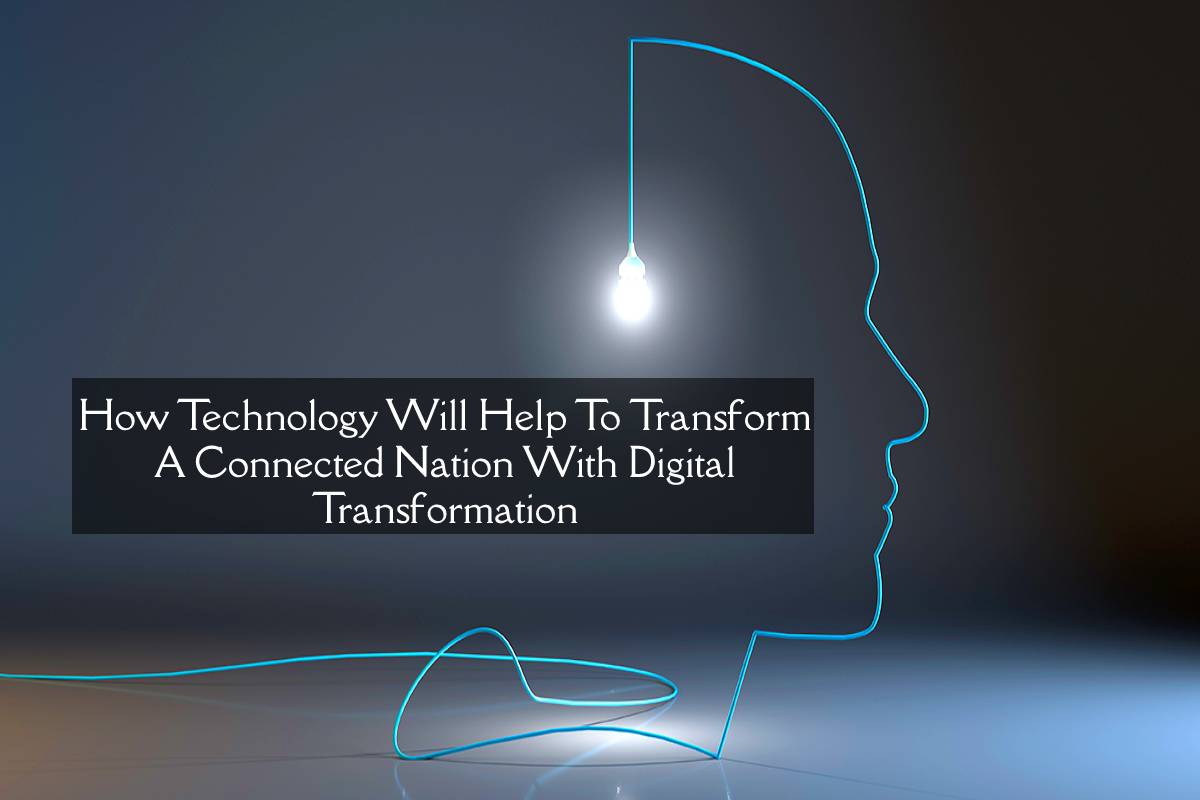With a staggering half a billion internet users, India has become one of the biggest and fastest developing markets as far as digital consumers are concerned. However, the adoption of digital capabilities is non-uniform for businesses across the board. Thus, with improvement in digital competencies and the establishment of all-pervasive connectivity, technological progression is poised to swiftly and radically alter the overall landscape of the Indian economy.
Companies that constantly keep on innovating and digitizing at a fast pace will be in a better position to maximally leverage the ubiquitous, digitally-connected Indian market which is estimated to garner 700M smartphone users and 840M internet users by the year 2023. From the perspective of the rapid improvement in technology as well as sharply plunging data costs, business models that embrace and enable technology will possibly become omnipresent during the next decade or so. This has an immense likelihood of generating remarkable economic value.
The impression of the economic impact is expected to be felt in three broad industrial categories.
Table of Contents
Core Digital Sectors
- Digital communications
- Electronics manufacturing
- IT-BPM
The country’s core digital industrial sectors constitute nearly 7 percent of the national GDP. This accounts for around $170 billion of gross revenue earning. The break-up is shown below:
- $115 billion contributions from IT-BPM
- $45 billion contributions from digital communications
- $10 billion contributions from electronics manufacturing
Conditional on trends appropriate for industry revenue earning and growth and cost structures, these sectors are anticipated to experience sizable growth thereby leading to a significant hike in GDP by the year 2025. The value-added contribution is estimated to range between:
- $205 billion and $250 billion for IT-BPM
- $100 billion and $130 billion for electronics manufacturing
- $50 billion and $55 billion for digital communications
Therefore, the aggregate is expected to cover anything from $355 billion to $435 billion and may comprise nearly 8 to 10 percent of the GDP by 2025.
Newly Digitizing Sectors
- Agriculture
- Financial services
- General manufacturing
- Healthcare
- Logistics
Each of these sectors is significantly benefiting from digital applications and the results can be easily discerned. For instance, in the case of logistics, vehicles are now being tracked in real-time. Also, currently, there are ingenious attendance management and salary apps that keep track of employee performance and engagement. This has resulted in a reduction of fleet turnaround time by roughly 50 – 70 percent.
In a similar fashion digitally-powered supply chains have come to the aid of companies in reducing their inventory by nearly 20 percent.
Moreover, farmers can observe a decline in the cost to grow crops by almost 20 percent. This can be pulled off through extensive data analysis on soil conditions that can help minimize the application of fertilizers and other manures.
Government-owned services and Labor Markets
By digitizing the processes of transfer of government subsidies, procurement, and several other transactions, substantial value can also be created in government services and the associated job markets. This can be achieved by boosting public sector productivity and efficiency. Also, the creation of an online labor marketplace or digital showroom may well significantly enhance the efficacy of India’s largely fragmented and unorganized job market.
By and large, digital leaders in India are found to share some commonality in traits when it comes to the following areas.
Digital strategy
Leaders have a 30 percent more likelihood in contrast to companies in the bottom quartile to fully incorporate globally accepted digital strategies. They’re 2.3 times more preferred as sellers on major e-commerce platforms. Also, digital leaders show a 3.5 times more likelihood to declare that disruptive changes in the digital sphere prompted them to bring about adjustments in core operations. In the end, they’re 40 percent more prone to assert that digital investment is a topmost priority.
Digital organization
Leaders exhibit a 14.5 times more likelihood to precipitate centralization of digital management in comparison with companies lying in the bottom quartile. They’re 5 times more likely to formulate a self-contained, thoroughly staffed team of analytics and put it into action. Firms on the top quartile also show 70 percent more likelihood to proclaim having received direct support and engagement of their CEOs in taking off digital initiatives.
Digital capabilities
Digital leaders have 2.6 times more likelihood to employ tools for managing customer relationships as opposed to companies in the bottom quartile. They’re also 2.5 times more likely to resort to digital implements for the management and coordination of core business operations.
Thus, it’s evident there lies a gap between digital leaders and different other firms. However, the gap isn’t really overwhelming. In certain scenarios, even if there’s a huge gap, companies that are lagging behind can close it by going [digital] through small, simpler ways. In this context, social media marketing can offer remarkable benefits. Channels such as e-commerce, social media, digital showroom, or other listing platforms are not only affordable to use but also can be easily accessed. And if you’re a business owner with a smartphone and high-speed internet connection you can get the most out of these channels.
Conclusion
Digital value can be unlocked in a far-reaching way through extensive adoption and implementation. The corresponding economic value in 2025 will be in proportion to the scale by which [digital] applications will be integrated into chief production processes involving supply chains, sales funnel, delivery channels, etc. The readiness of firms and government agencies will also play a pivotal role to stimulate widespread digitization.

